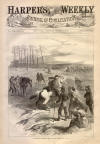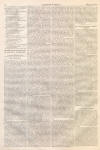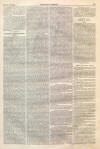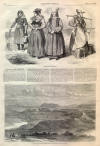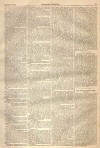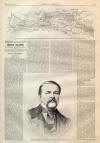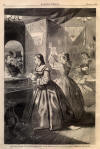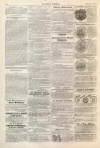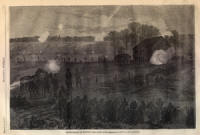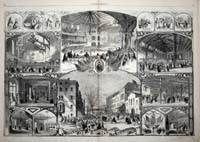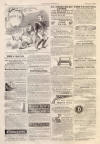Schleswig
|
|
This Site:
|
HARPER'S WEEKLY. [MARCH 5, 1864. 148 Sand-Eel Fisher Girl. Peasant Girl and Woman in Sunday Dress. Milk Girl. SCHLESWIG COSTUMES.DENMARK AND GERMANY.DENMARK, with a population, exclusive of the Duchies, of 1,600,000, has ventured into war against Germany, with 45,000,000, to which may be added, in the event of a general war, 29,000,000 the population of the non-German portions of Austria and Prussia. The Danish army, on a peace footing, is 23,000 men; but during the former Schleswig war there were 70,000 men in the field, which is probably the utmost possible force of the kingdom. The standing armies of Austria, Prussia, and the Confederation number something more than 1,500,000, and can be increased by quite another million. We can hardly suppose that Denmark would have ventured into so unequal a contest without positive assurances of support from the Great Powers. On page 149 we give a Map showing the strong lines of fortification called the Dannewerk, or "Danish Work," which defend the frontier of Schleswig. They form, as a whole, a long line of earth-works, strengthened at various points by elaborate defenses. On the right is the "East Rampart," two miles long; on the left the "Crooked Rampart;" in the centre the complicated system of defenses called the "Great Dannewerk," fourteen miles long. These works, with the lake formed by an expansion of the River Schlei, form two sides of a triangle, half way across the base of which is the Kurgraben, or "Elector's Ditch," four miles long. There are fourteen distinct forts strengthening various portions of the Dannewerk. The great Semicircular Rampart at Bustrup, a view of which is given below, is one of the principal of these. So admirably is this great triangle—the sides of a which must measure nearly forty miles---arranged by nature and art, that the best military authorities consider that a force of 40,000 could hold it against one of 100,000. The great strength of the Dannewerk, however, consists in its flooding apparatus. Indeed the work was constructed more than a thousand years ago as a dyke to protect the low lands in front of it from overflow, and it is only within comparatively modern times that this dyke, or series of dykes, has been turned to military purposes. By opening certain sluices nine-tenths of the lowland region in front of the works, as large as one of our counties, can be laid under water in a few hours; and an invading army must march along the remaining tenth right up to the very strongest parts of the defensive works. The Map also shows the scene of the recent engagements, an account of which will be found in the news column of this paper. Above are some representations of the national costumes of the female peasants of Schleswig. The Fisher Girl comes from one of the small groups of islands which line the coast, and are peopled by a most primitive race, of pure Danish descent. To appreciate the Sunday dress of the Peasant Woman, we must suppose it of the brightest hues, and that the ornaments which decorate it are of solid silver and gold, and are so costly that they descend as heir-looms from generation to generation. The Peasant Girl comes from one of the islands, and belongs to a lower class, and her dress is of stout woolen, which she has probably spun and woven herself; and the lace which trims her odd-shaped cap has been worked by her in the evening while she was awaiting the return of the family fishing-boat. The Milk Girl is very likely selling the produce of her dairy in the streets of the capital. THE DANNEWERK.—SEMICIRCULAR RAMPART NEAR BUSTRUP.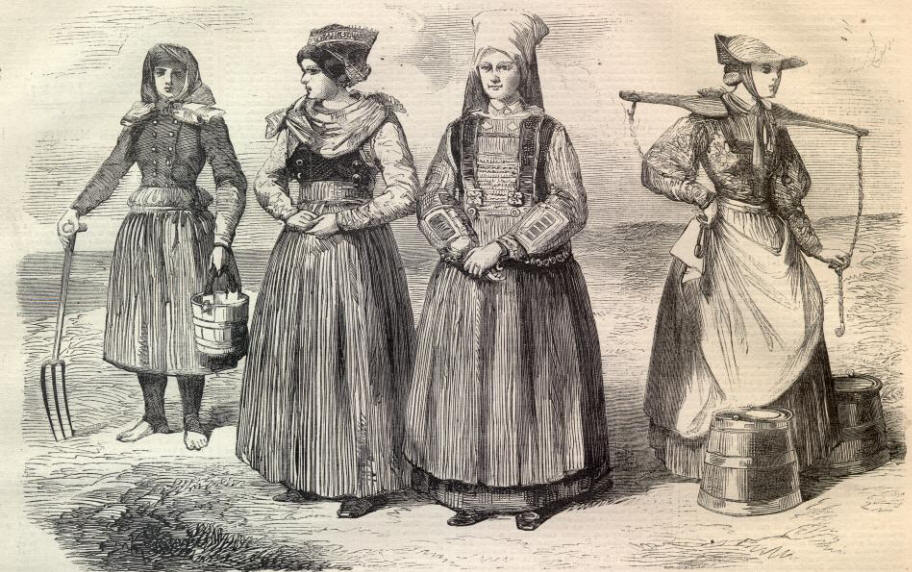 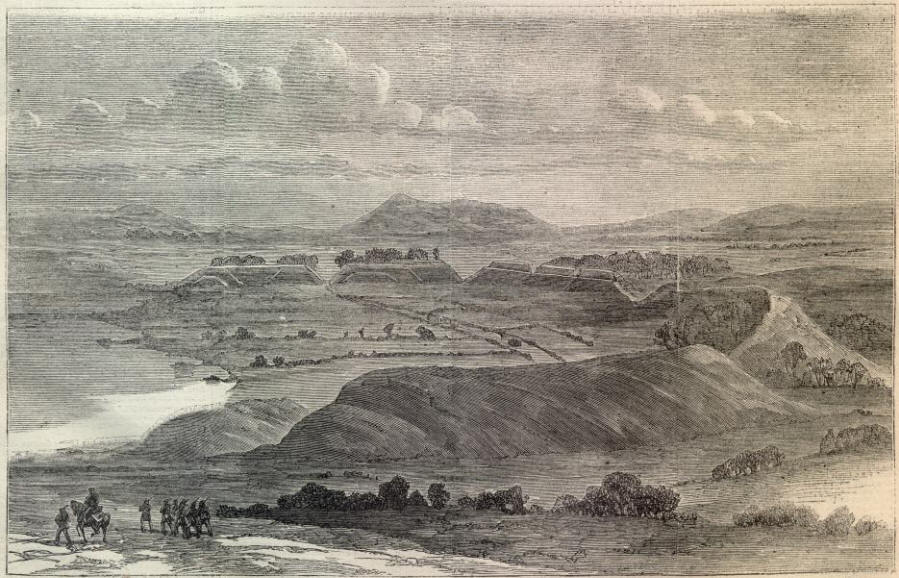 |
||||||||||||||||||||||
|
|
||
|
|
Site Copyright 2003-2018 Son of the South. For Questions or comments about this collection, contact paul@sonofthesouth.net |
|
|
Are you Scared and Confused? Read My Snake Story, a story of hope and encouragement, to help you face your fears. |
||
